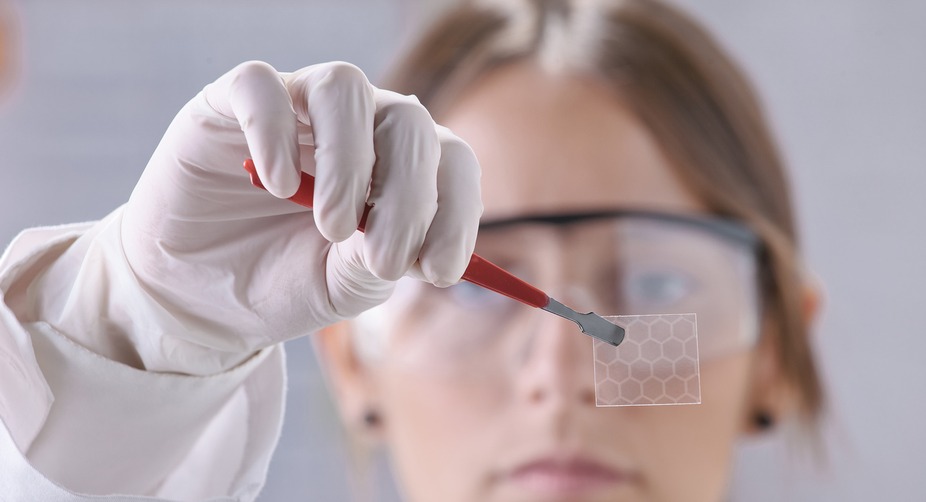Himachal minister approaches speaker invoking anti-defection law against 3 MLAs
The three MLAs' petition is pending in the high court against the Speaker for not approving their resignation from the State Legislative Assembly.

Representational Image (PHOTO: Twitter)
Scientists are developing a new method to safely bring frozen organs back to life using nanotechnology, an advance that may make donated organs for transplants available to virtually everyone who needs them.
The number of donated organs that may be transplanted into patients could increase greatly if there were a way to freeze and reheat organs without damaging the cells within them.
Scientists, including those from the University of Minnesota in the US, developed a way to safely thaw frozen tissues with the aid of nanoparticles.
Advertisement
The researchers manufactured silica-coated nanoparticles that contained iron oxide. When they applied a magnetic field to frozen tissues suffused with the nanoparticles, the nanoparticles generated heat rapidly and uniformly.
The tissue samples warmed up at rates of up to more than 130 degrees Celsius per minute, which is 10 to 100 times faster than previous methods.
Researchers tested their method on frozen human skin cells, segments of pig heart valves and sections of pig arteries.
None of the rewarmed tissues displayed signs of harm from the heating process, and they preserved key physical properties such as elasticity.
The researchers were able to wash away the nanoparticles from the sample after thawing, 'Live Science' reported.
Previous research successfully thawed tiny biological samples that were only one to three milliliters in volume.
The new technique works for samples that are up to 50 millilitres in size. The researchers said there is a strong possibility they could scale up their technique to even larger systems, such as organs.
"We are at the level of rabbit organs now. We have a way to go for human organs, but nothing seems to preclude us from that," said John Bischof, from University of Minnesota.
The findings are published in the journal Science Translational Medicine.
Advertisement